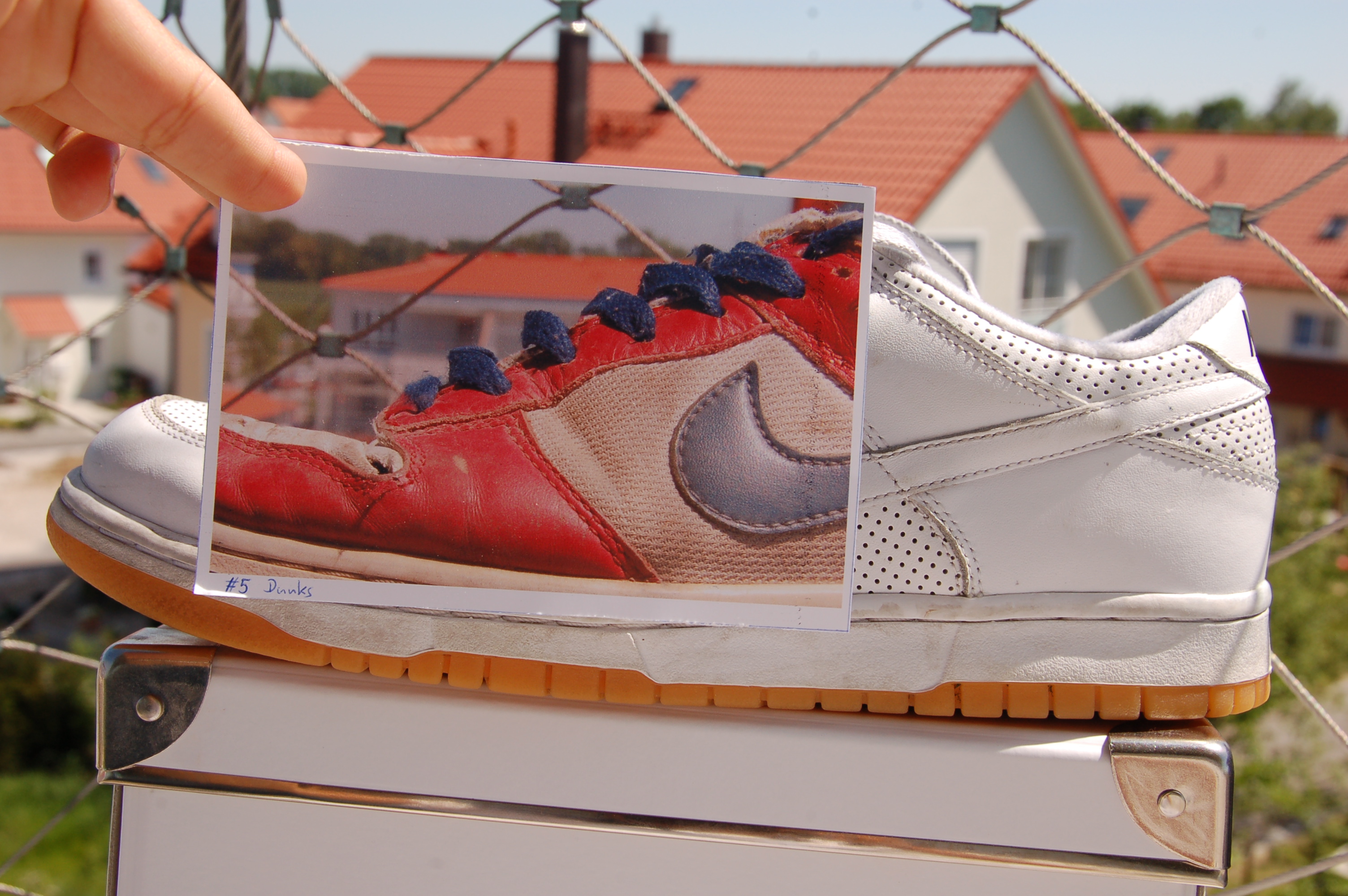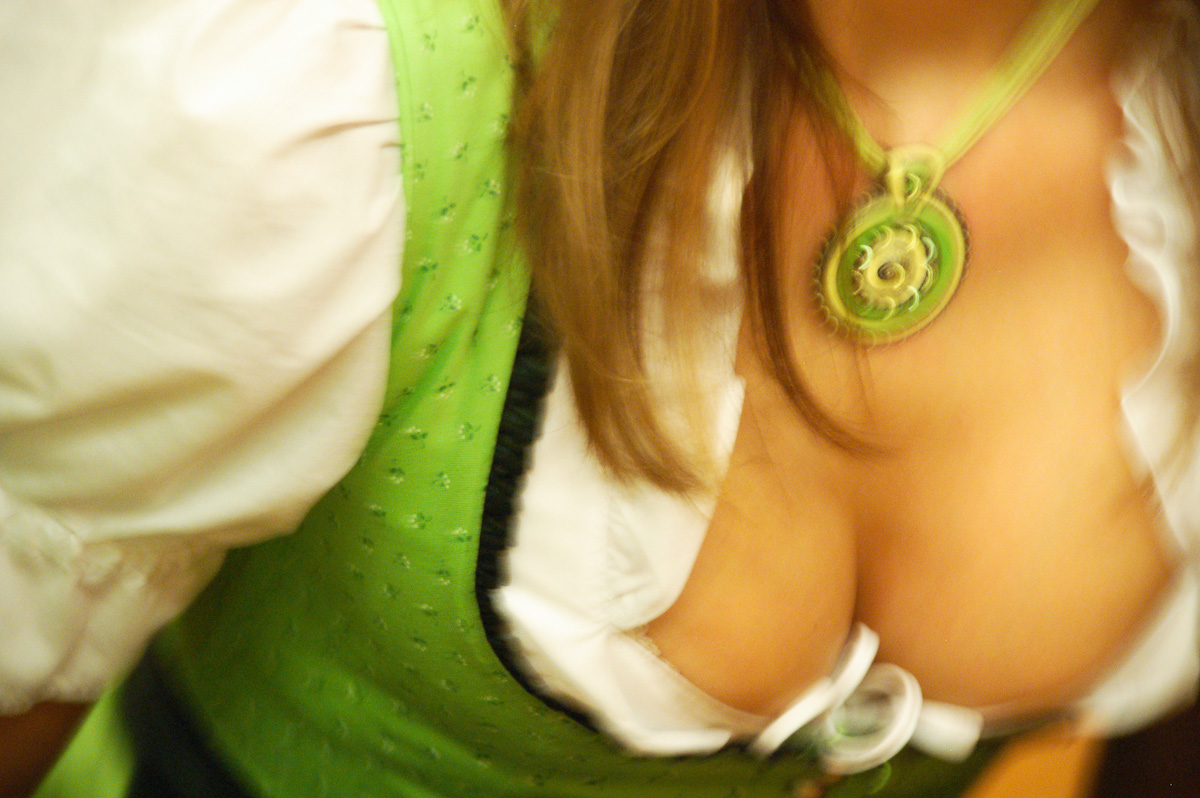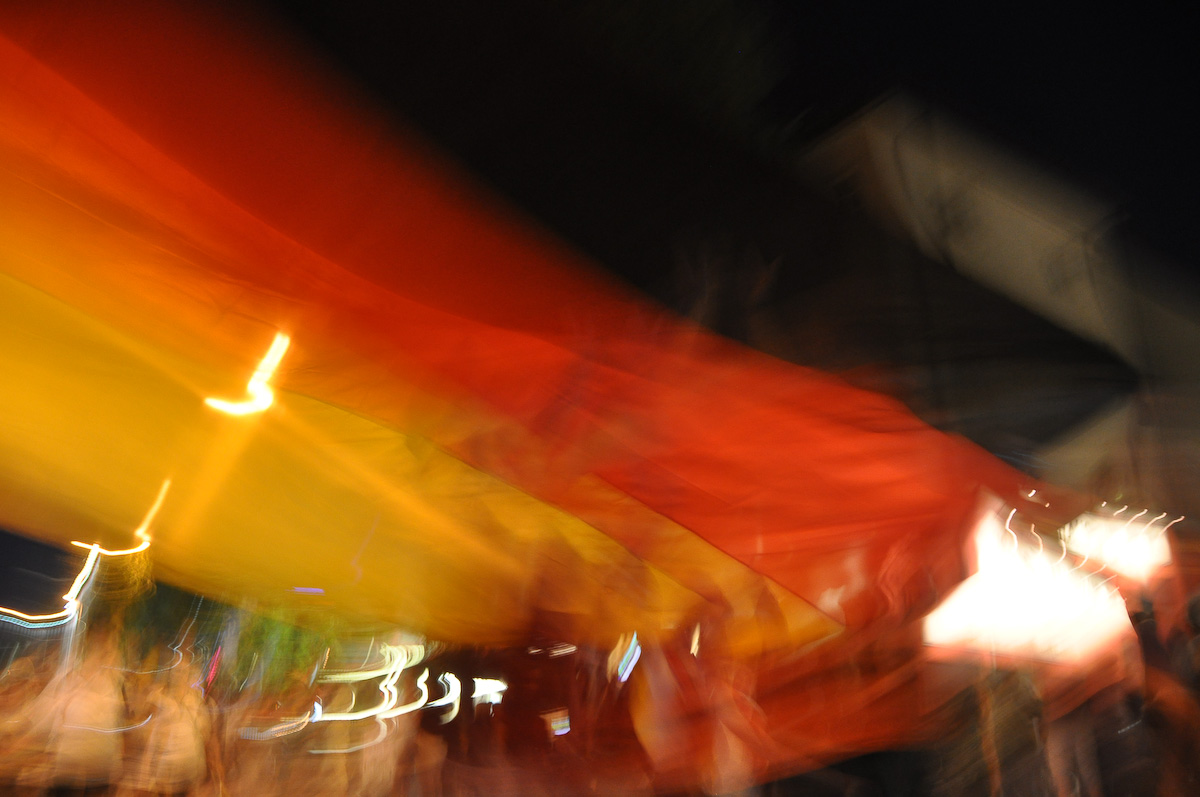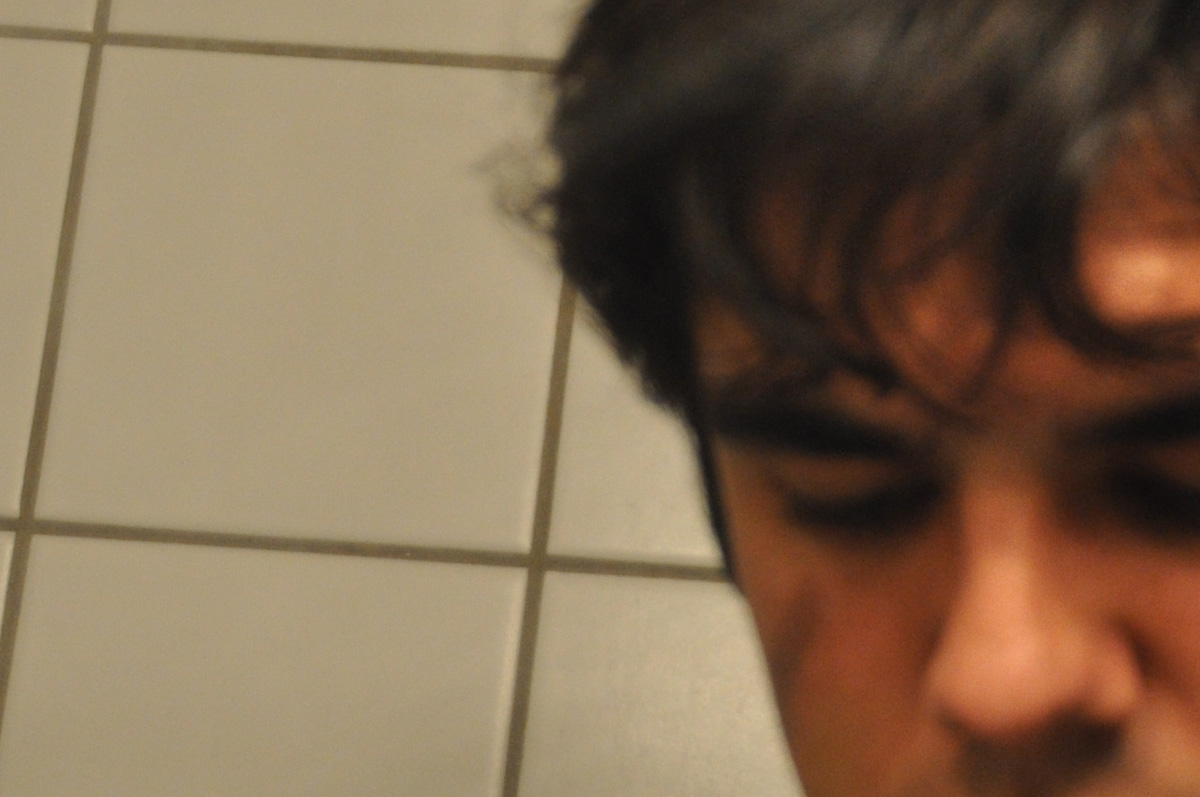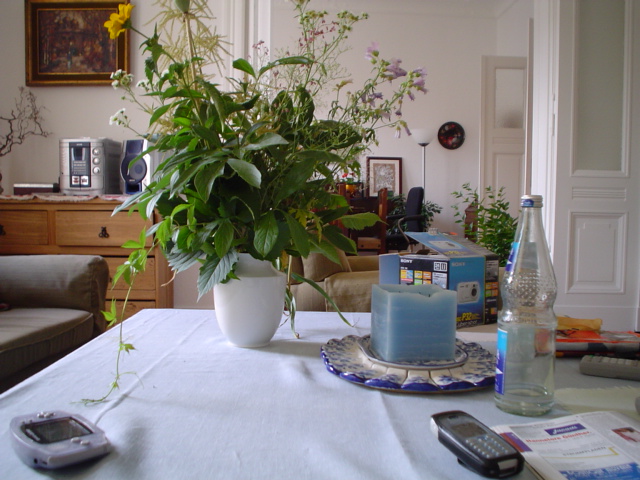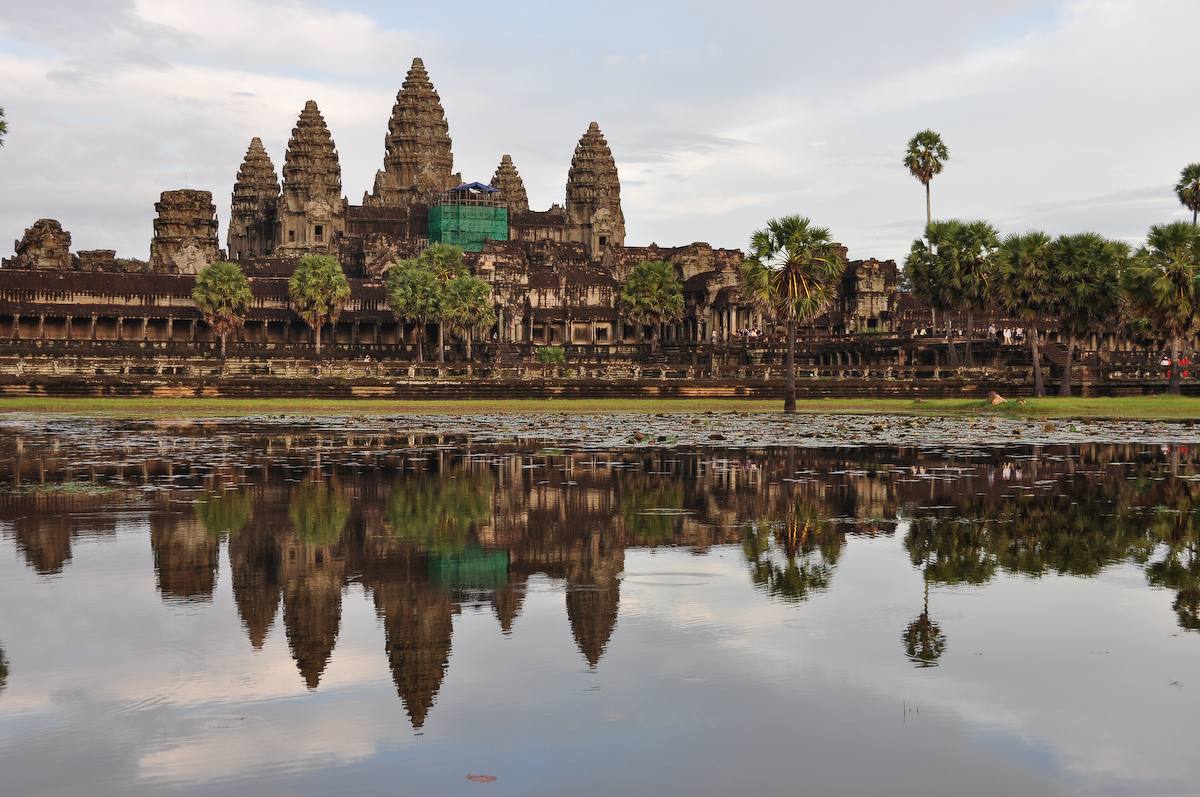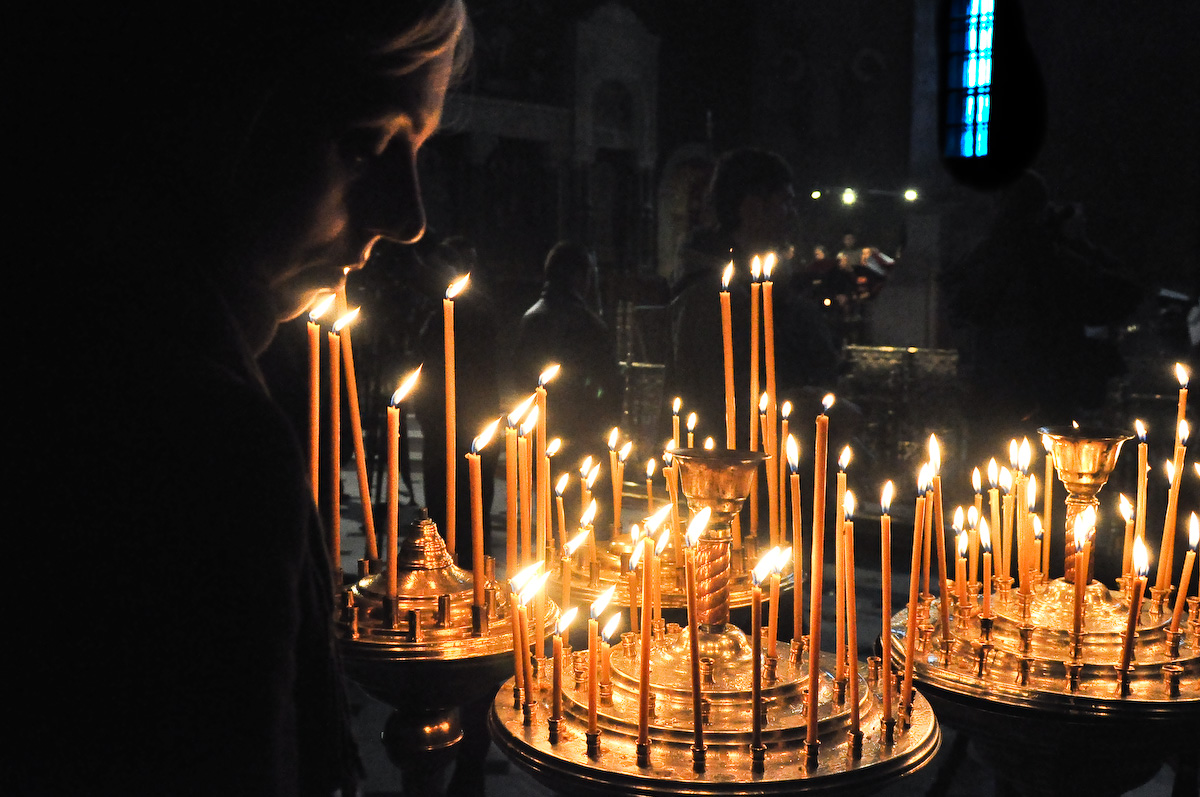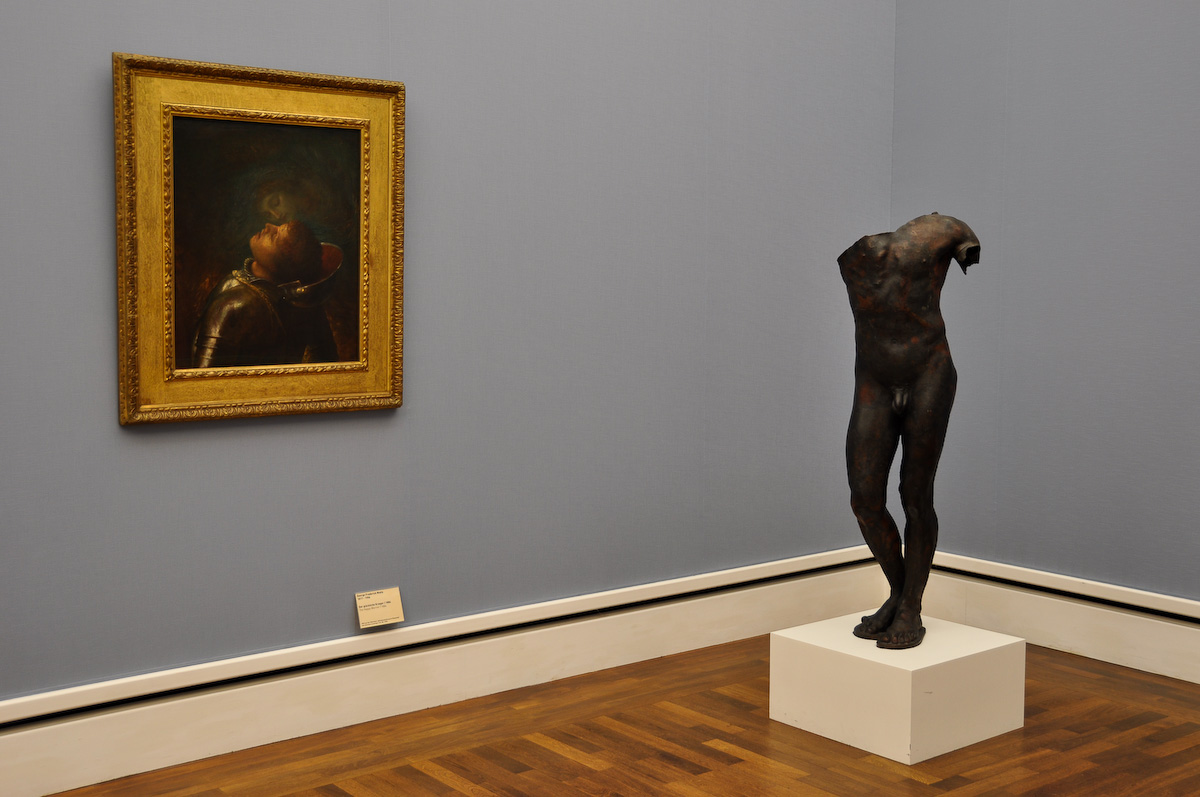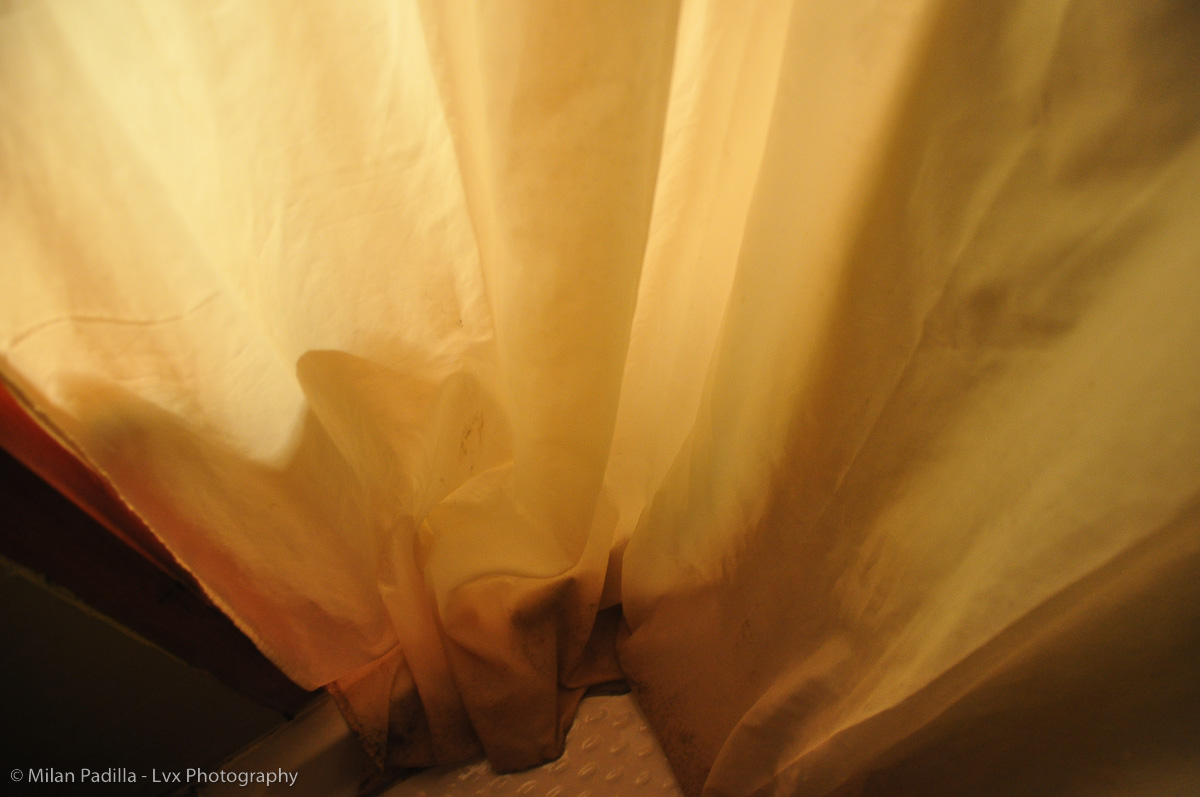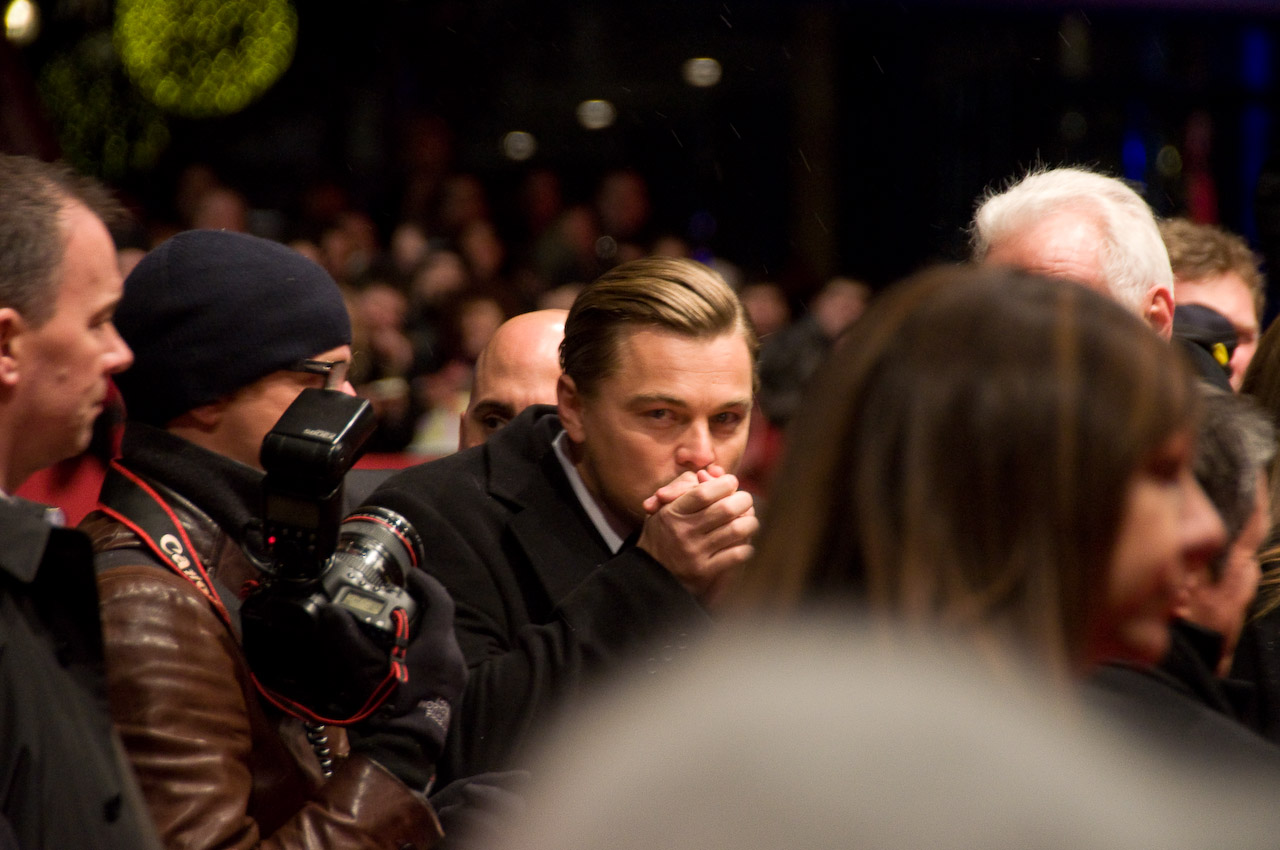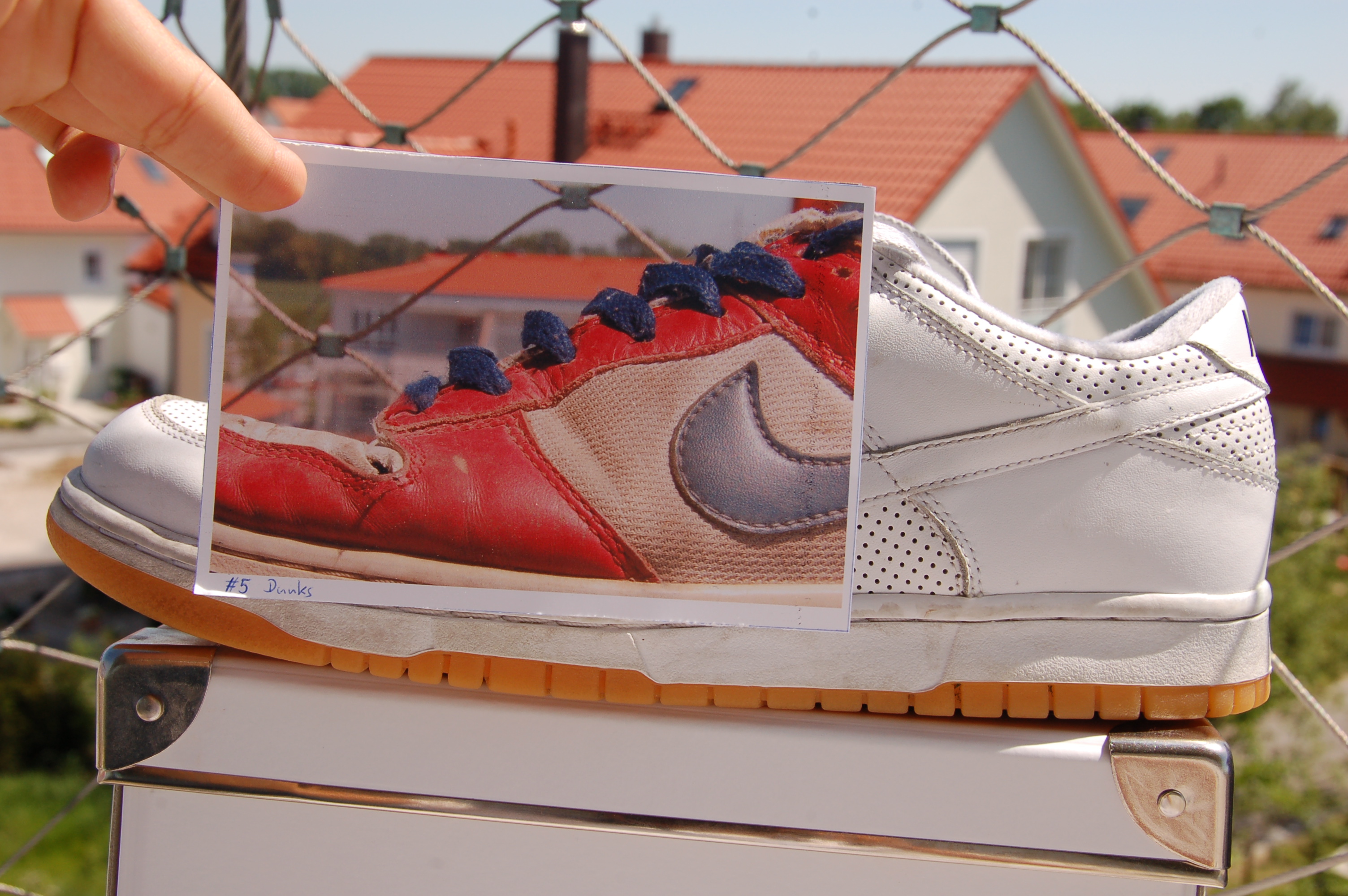 Photoshop is something I have never really gotten into. For a long time I thought the program was something for graphic designers and that photographers don’t necessarily need it, since Photoshop goes much deeper than any photograph would require. Additionally, I didn’t like the idea of manipulating images in a way, that you delete objects on your photo, strech out pieces of land and sky to remove unwanted things from your landscape, or even change the shape of peoples faces and bodies etc.
Photoshop is something I have never really gotten into. For a long time I thought the program was something for graphic designers and that photographers don’t necessarily need it, since Photoshop goes much deeper than any photograph would require. Additionally, I didn’t like the idea of manipulating images in a way, that you delete objects on your photo, strech out pieces of land and sky to remove unwanted things from your landscape, or even change the shape of peoples faces and bodies etc.
Category: Articles2010
Demand and Supply
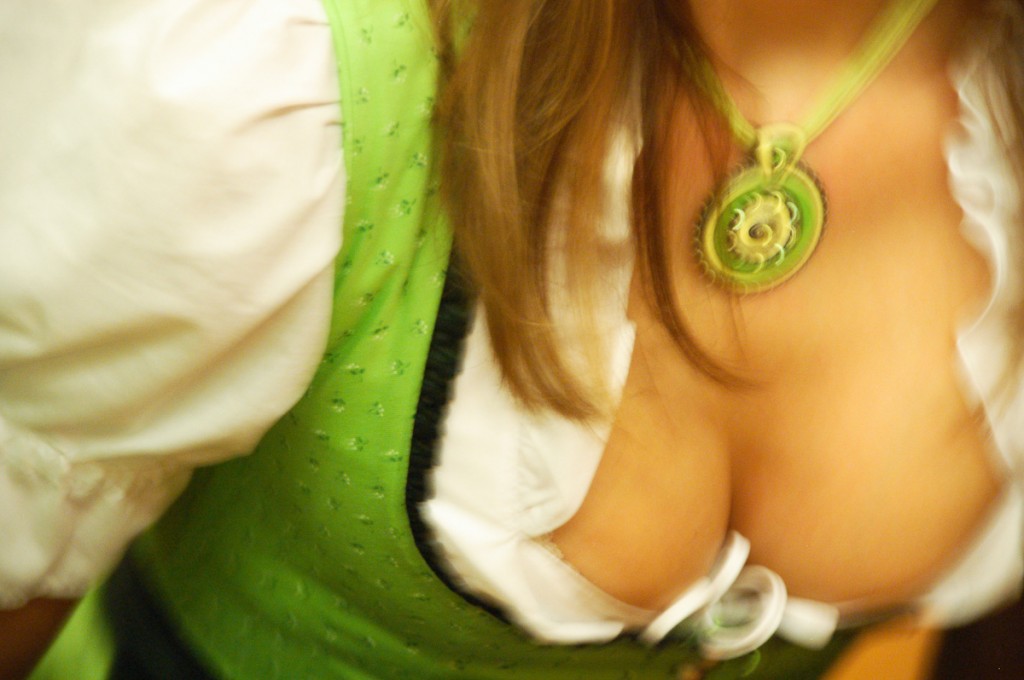
Photography has come a long way since it was invented over one and a half centuries ago. Photographs are produced and consumed for private, professional and artistic purposes. When you think of photographs as a product for visual consumption (memories, decoration, entertainment, documentation etc.) you can also look at them from an economic perspective, namely in terms of demand and supply.
Joy and Pain | More than just a game
When it is time for the soccer world cup, it turns out, that soccer is more than just a game. Victory is great, defeat painful. But what could hurt me personally the most, in a moment of great victory? Click on the title to read the full article.
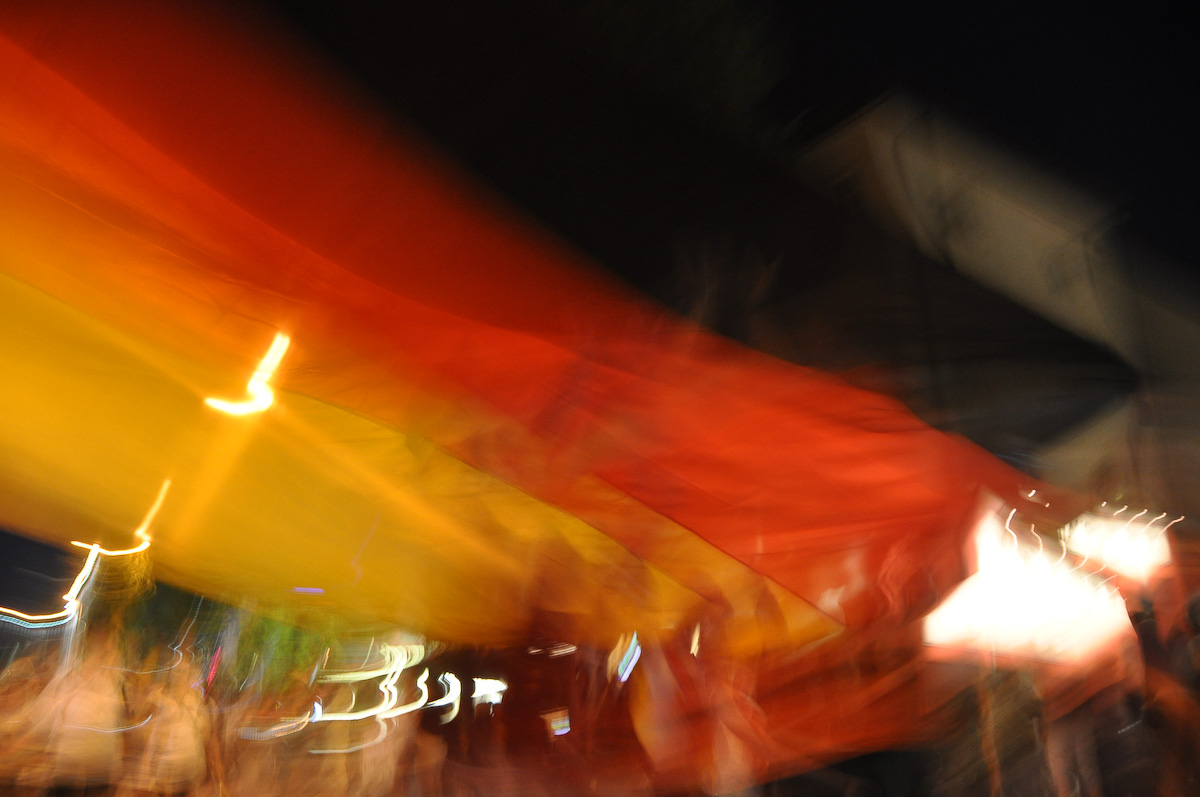
I could talk for hours about the FIFA World Cup that takes place once in every four years. Now, after everything is over, one sentence will always stay in my head: “It’s more than just a game”. When emotions of joy get out of hand, a good photographer can always seize the opportunity to capture motion and emotion. Continue reading “Joy and Pain | More than just a game”
Photographers are Chronists
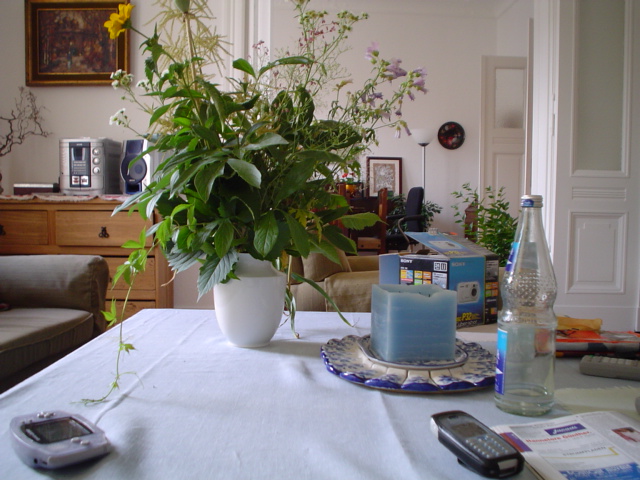
In my previous post I talked about the value that (touristic) images have and how it fades away when a motive is too well known. A very important concept to understand, is that most photographs are actually documentary material that reflect the time they were taken and the author. This gradually gets more interesting, the older the pictures get. At some point, people care less and less for technical and esthetic quality, but are simply delighted to see a little treasure from past times. So we have growing value of “banal” documentary photographs with age. Continue reading “Photographers are Chronists”
Postcards | Tourists | Value
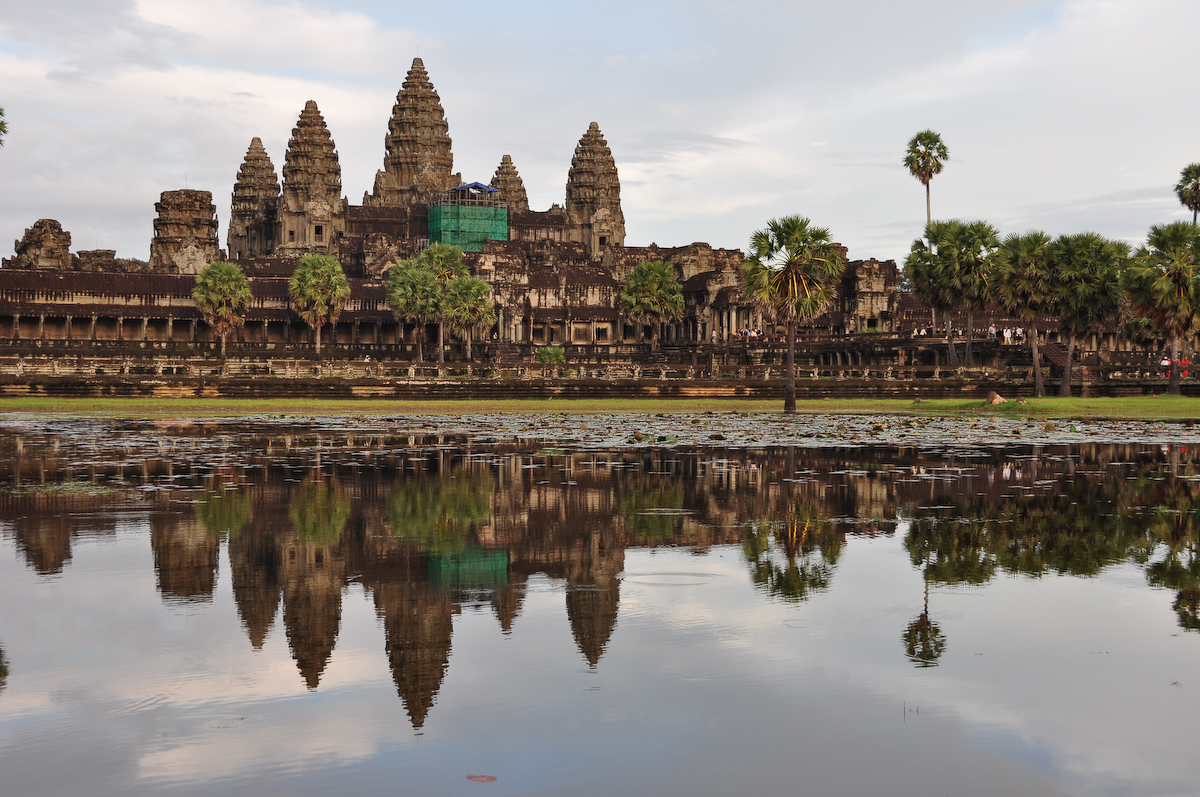

Isn’t the first picture just amazing? It’s a beautiful view of Angkor Wat on a lightly clouded day with beautiful reflections in Siem Reap, Cambodia. Does the first image look familiar to you? Even if you have never even heard of Angkor Wat you might have seen this image and that is excactly the problem. It’s the same motive that every tourist (millions per year) has taken for over a hundred years. The perspective may vary slightly, but essentially it’s always the same. Continue reading “Postcards | Tourists | Value”
Natural Light
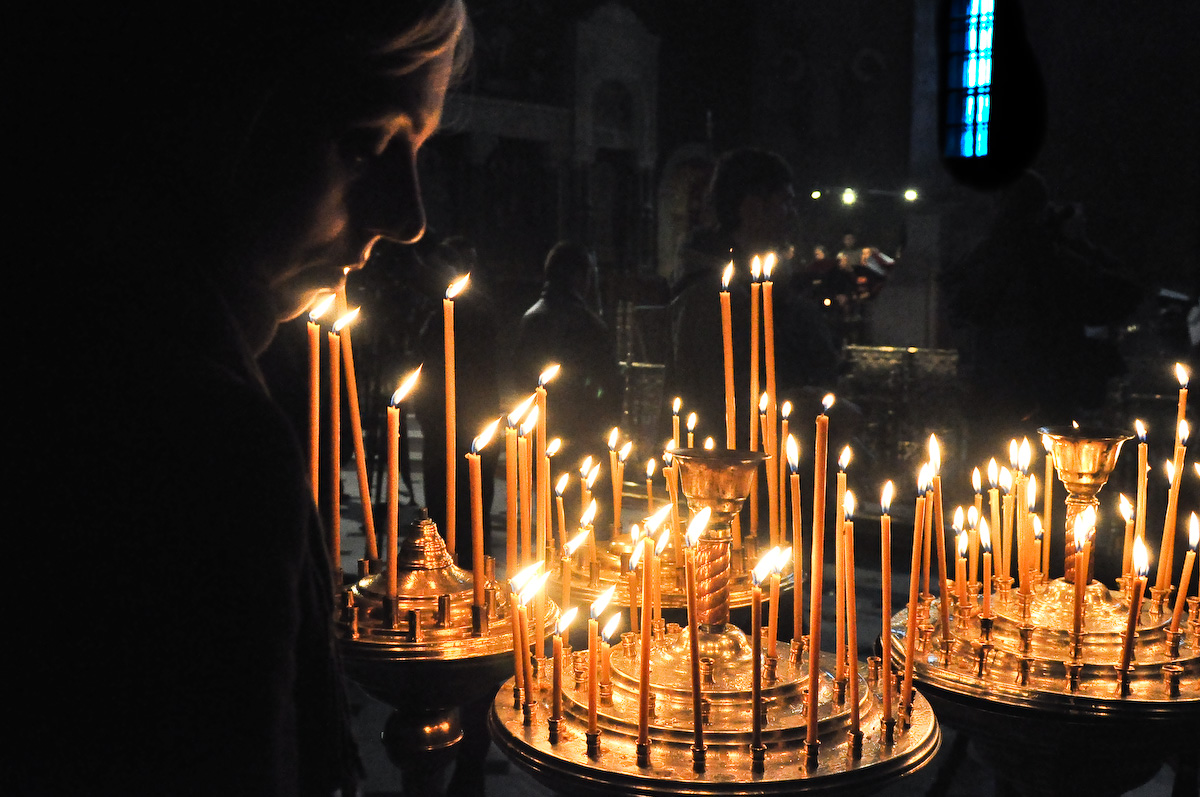 With todays technology, it is possible to get sharp images even in very difficult situations. Something every photographer has to face, is that every now and then there is a technical limit that impedes him from achieving the result he wanted, no matter how good his equipment is. Continue reading “Natural Light”
With todays technology, it is possible to get sharp images even in very difficult situations. Something every photographer has to face, is that every now and then there is a technical limit that impedes him from achieving the result he wanted, no matter how good his equipment is. Continue reading “Natural Light”
Tenderness

This image was taken, during what was perhaps the 10th time that I watched a big soccer game, live in the stadium. In the early years I always took my camera to take the stadiums to do sport photos. Unfortunately, I was always disappointed with them. Sportphotography is mostly very harsh an sharpness is what people want to see. Sometimes motion blur is used to make the action more dynamic, but yet sport images are dominated by harshness. Continue reading “Tenderness”
Tension
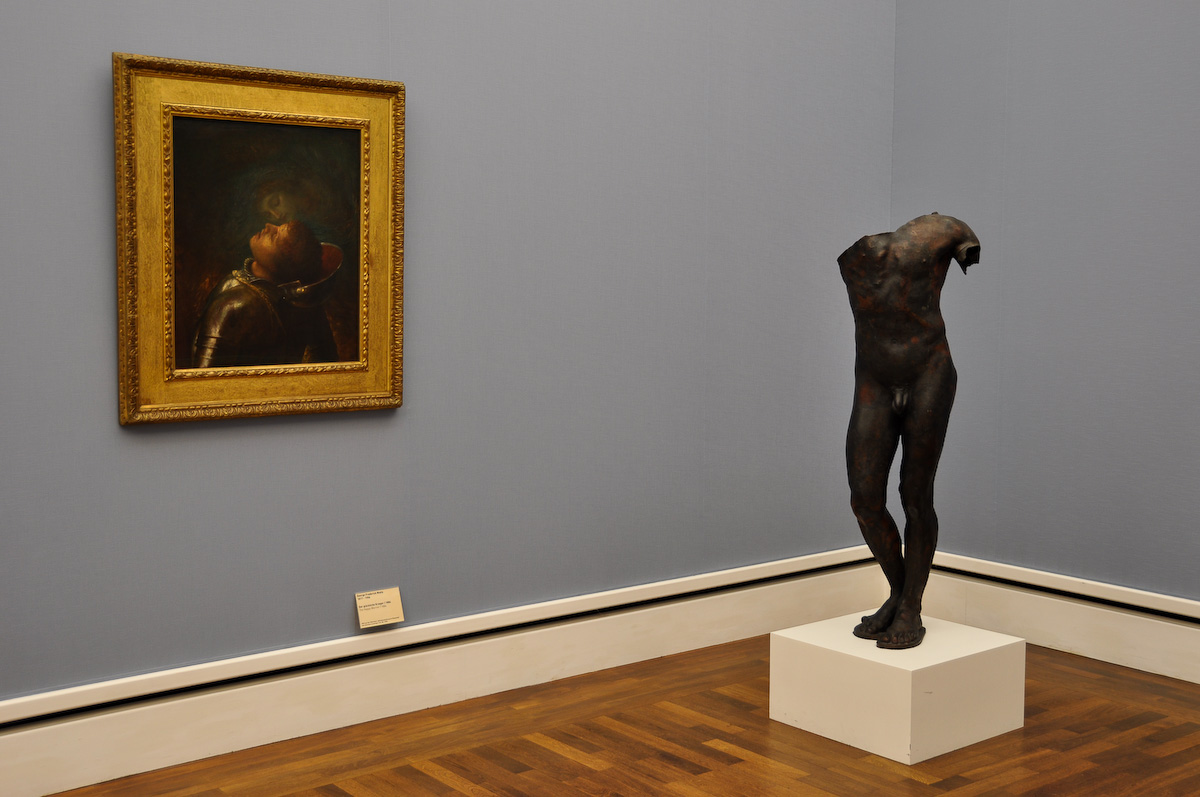
I recently revisited an art museum in southern Germany, in which I haven’t been for 4 years. The collection was basically the same, yet I was surprised by how beautiful the interior architecture went together with the paintings and sculptures, something I hadn’t noticed back then. The place had a sense of cleaness and homogenity, particularly in terms of lightning, such as I had never noticed anywhere elsed. A week later I went there again, this time alone, to capture the marvelous compositions that this “artificial” place had to offer.
The composition above strongly caught my attention. In a gallery, artworks are usually presented in a very pure environment, making it easy for a photographer to get clean shots. This picture made me finally understand what some artists, Kandinsky in particular, mean when they say “tension”. Continue reading “Tension”
Bildunwürdigkeit
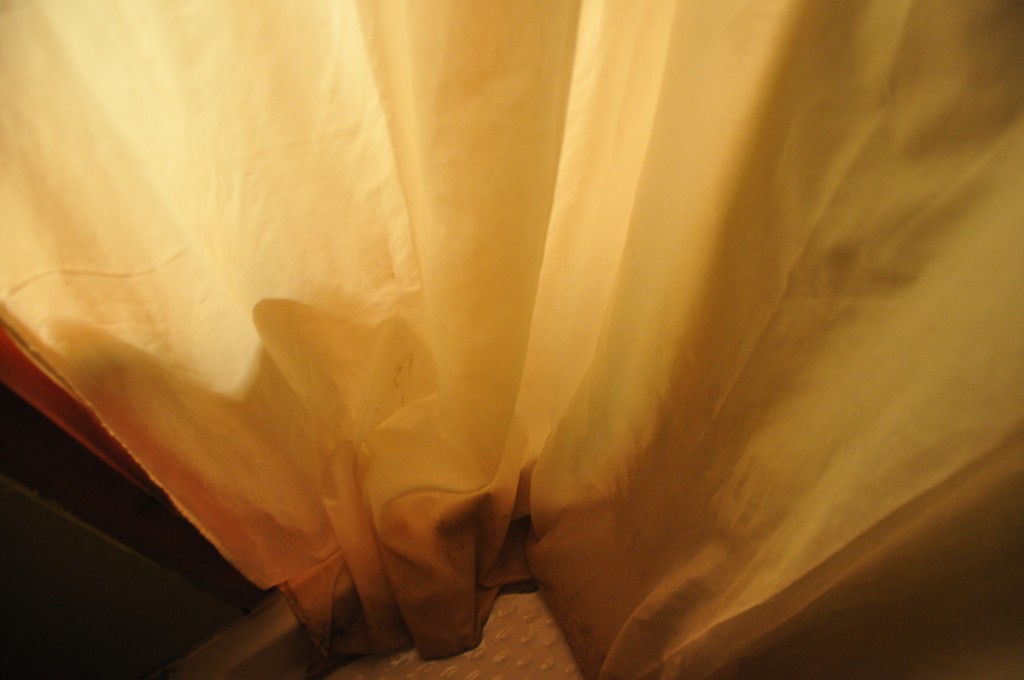
When I saw an retrospective of, William Eggleston, one of the pioneers of color photography, I listened a bit to what the museum guide had to say about him. He used very sophisticated words and somehow rised even the simples pictures to a pedestal of supreme photographic art. As much as I liked his pictures, I find them overall overrated, but that’s a different subject I shall adress eventually.
What I strongly remember, is how the guide said, that for his time, Eggleston managed to bring “picture-unworthy motives” into a museum. It’s fascinating to think that some years ago, when photography was barely concidered an art, a huge amount of motives where considered “not worthy of being photographed” (in German “bildunwürdig). Continue reading “Bildunwürdigkeit”
Flaws | Magic | Age
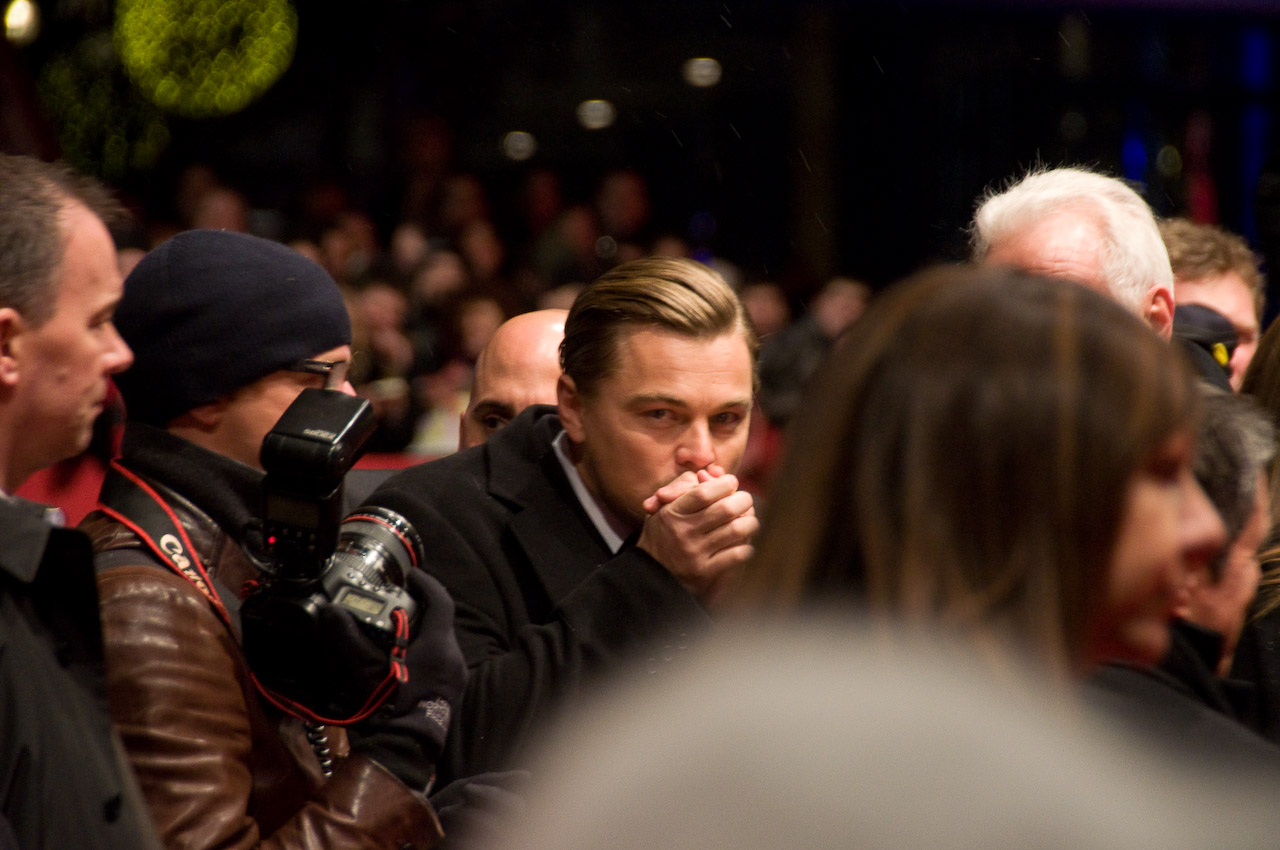 This is an image I shot roughly 16 hours ago on an (obviously) special occasion. Just as hundreds of people all around me I took hundreds of shots of on of the world’s most famous celebreties. Having neither the equipment, nor accredetation, nor the elbows for it, I was unable to get the “perfect press picture” that mostly everybody tried to get. I caught his face clearly on some, his back on others, flashlights, screaming fans, agressive journalists etc. etc.., but this is THE shot I felt excited about, though is some people might send it straight to the trash bin of his hard drive. Continue reading “Flaws | Magic | Age”
This is an image I shot roughly 16 hours ago on an (obviously) special occasion. Just as hundreds of people all around me I took hundreds of shots of on of the world’s most famous celebreties. Having neither the equipment, nor accredetation, nor the elbows for it, I was unable to get the “perfect press picture” that mostly everybody tried to get. I caught his face clearly on some, his back on others, flashlights, screaming fans, agressive journalists etc. etc.., but this is THE shot I felt excited about, though is some people might send it straight to the trash bin of his hard drive. Continue reading “Flaws | Magic | Age”

